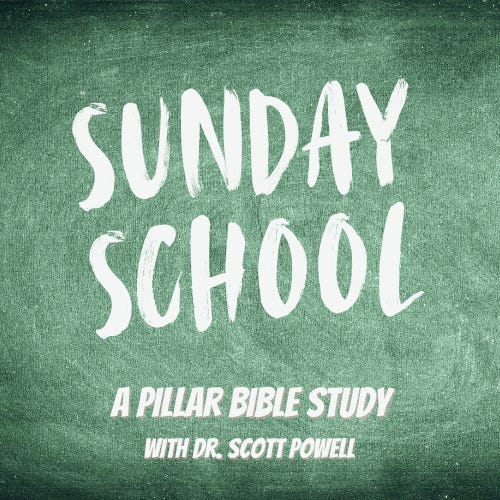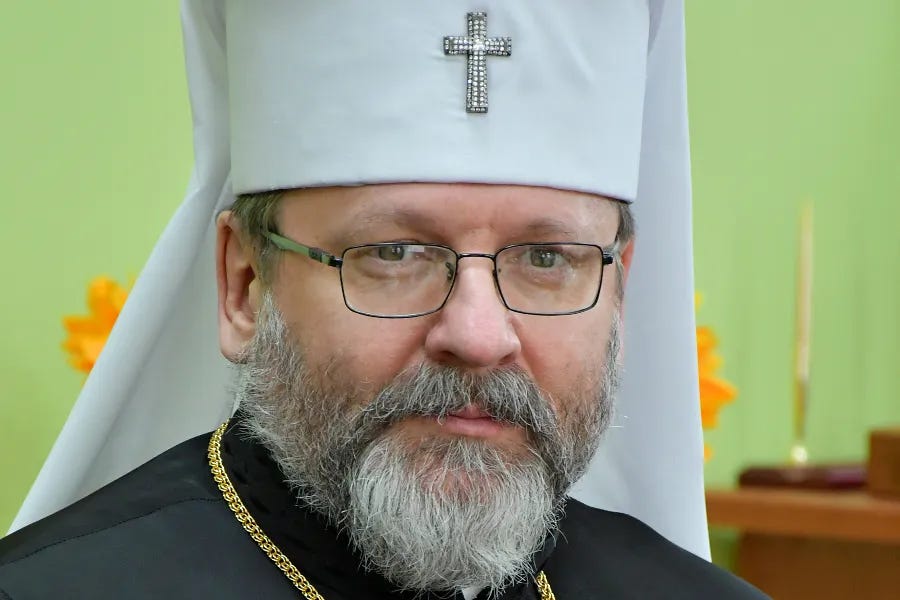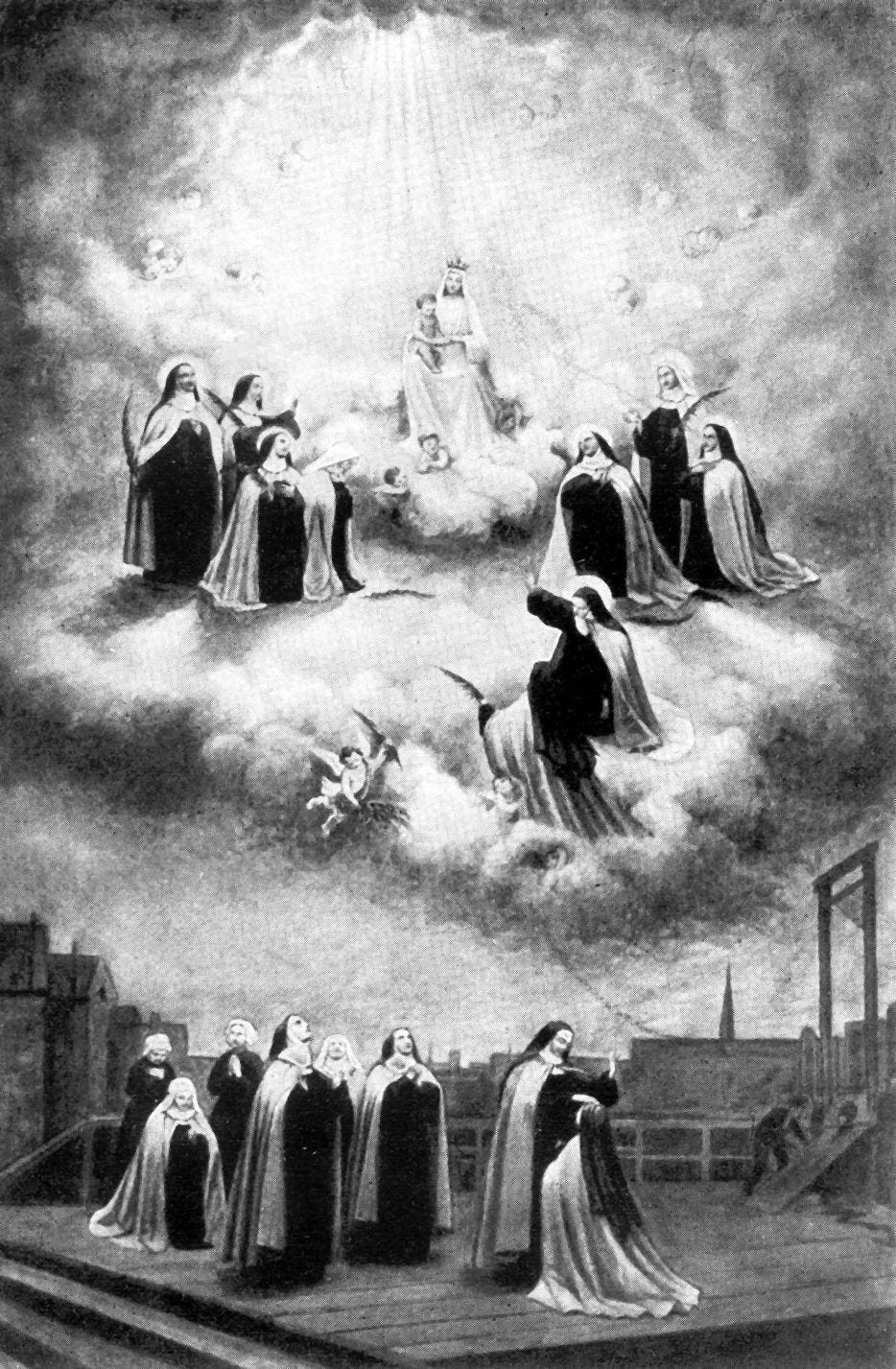Welcome to Starting Seven, The Pillar’s daily newsletter.
I’m Luke Coppen and I seek to guide you each weekday morning to the most interesting Catholic news and comment.
😇 Today’s feast: The Presentation of the Lord (World Day of Prayer for Consecrated Life).
📜 Today’s readings: Mal 3:1-4 ▪ Ps 24:7, 8, 9, 10 ▪ Heb 2:14-18 ▪ Lk 2:22-40 or 2:22-32.
🗞 Starting seven
1: Police reportedly “intervened to separate angry mourners from chanting protesters” as Cardinal George Pell was buried at St. Mary’s Cathedral in Sydney (Funeral Mass video, David Pell’s eulogy, Fr. Raymond J. de Souza).
2: Pope Francis met young people and catechists in Martyrs’ Stadium on the third day of his visit to the Democratic Republic of the Congo (full text, full video, photos).
3: The pope met with war victims and charity representatives on the second day of his Africa trip (Vatican News report, highlights, Andrea Tornielli).
4: Cardinal Timothy Dolan has described proposed changes to the contraceptive mandate as “disheartening” (full statement).
5: Archbishop Samuel J. Aquila, Bishop Robert Barron, Larry Chapp, Fr. Raymond J. de Souza, and George Weigel respond to Cardinal Robert McElroy’s “radical inclusion” essay.
6: Solène Tadié asks if the Netherlands’ 1966 Pastoral Council led to a collapse in Mass attendance.
7: And Fr. Luis Enrique Guillén describes his path from the police to the priesthood.
🇻🇦 Today’s Bollettino
Appointment of Bishop Michael Robert Kennedy as Bishop of Maitland-Newcastle, Australia.
Resignation accepted of 75-year-old Archbishop Giampaolo Crepaldi of Trieste, Italy; He is succeeded by Msgr. Enrico Trevisi.
Resignation accepted of 73-year-old Bishop Edward Dajczak of Koszalin-Kołobrzeg; Poland. He is succeeded by Coadjutor Bishop Zbigniew Zieliński.
Pope Francis confers the personal title of archbishop on Msgr. Alejandro Arellano Cedillo, Dean of the Tribunal of the Roman Rota.
🧐 Look closer
America’s next cardinal? This week’s appointment of Archbishop Robert Prevost as the new prefect of the Dicastery for Bishops places an American in one of the most critical positions in the Roman Curia.
While Prevost will not take up the role until April 12, there are already suggestions that the Chicago native (currently serving in Peru) is in line to receive a red hat from Pope Francis.
Writing at Crux, John Allen said: “He’s not obligated to elevate Prevost, but even for the decidedly non-traditional Francis, it probably would be a bit odd for the official in charge of bishops not to be a cardinal – the dicastery has been led by a cardinal uninterruptedly since the early 19th century, and prior to that it was mostly run by cardinals even though the de jure head of the dicastery was the pope himself.”
Allen noted that Prevost would be Pope Francis’ sixth U.S. cardinal, joining Cardinals Blase Cupich (2016), Kevin Farrell (2016), Joseph Tobin (2016), Wilton Gregory (2020), and Robert McElroy (2022).
Tackling a backlog Prevost may, in turn, have an indirect hand in future U.S. entries to the College of Cardinals.
As JD Flynn observed this week, “In his new role, Prevost will make a big impact on the Church in the United States pretty quickly — 32 diocesan bishops in the U.S. are at least 73 years old. Bishops submit their retirement at 75, and 10 serving U.S. diocesan bishops are older than that. There is, in short, something of a backlog of American episcopal appointments, and Prevost will be the man now expected to fill the slots.”
Archdioceses led by cardinals past their 75th birthday include Boston and Washington. They will be joined by Chicago and Galveston-Houston in 2024, and New York in 2025.
Pope Francis has certainly undermined the notion of “cardinalatial sees” — archdioceses with red hats attached — but there may be openings for new U.S. cardinals in major sees at some point.
What’s next That said, there are no indications that the pope is currently planning another consistory to make new cardinals. At the last such consistory in August — the eighth of his pontificate — Pope Francis created 20 new cardinals, boosting the College of Cardinals’ ranks to 226 members, including 132 electors.
The number of electors is, of course, gradually diminishing as cardinals turn 80. The two most recent cardinals to become non-electors were Cardinal Óscar Andrés Rodríguez Maradiaga on Dec. 29 and Cardinal Angelo Bagnasco on Jan. 14.
According to a Vatican graphic, the number of electors is now at 124, still above the threshold of 120 set by Paul VI. While there’s no urgent need for new cardinals under 80, the clock is ticking.
What's Starting Seven? Here's what you're reading, and how to get must-read morning news in your inbox, each day.
🔍 Stories to watch
🇺🇸 U.S. bishops’ conference president Archbishop Timothy Broglio has said that “taxpayer funding of abortion would force people of good conscience to participate in this grave evil against their will” (full statement).
🇩🇪 Benedict XVI’s biographer Peter Seewald has released a new book entitled “Benedict’s Legacy.”
🇺🇦 Major Archbishop Sviatoslav Shevchuk has said that divisions between Ukraine’s Christians “require special attention, understanding, prayer, and healing.”
🇦🇹 Bishop Hermann Glettler has said that the Austrian bishops’ 2001 guide to “pastoral care for people with homosexual tendencies” has been removed from the bishops’ conference website as it requires a “fundamental update” (German report).
🇿🇦 The Southern African Catholic Bishops’ Conference (SACBC) has deplored “the use by some political leaders of the legacy of apartheid as an excuse for their failure to do their job” (full statement).
🇮🇳 India’s Latin Rite bishops underlined their commitment to “uphold the secular ethos of our nation with a preferential option for the deprived sections of our society” at the end of their plenary assembly in Bengaluru.
🇰🇼 The new vicar apostolic of Northern Arabia has said that the local Church needs to develop its social work “even more.”
📅 Coming soon
Feb. 3 Cardinal Domenico Calcagno turns 80. Pope Francis meets with bishops in Kinshasa, departs the Democratic Republic of the Congo, arrives at Juba International Airport in South Sudan, and meets with authorities, civil society, and the diplomatic corps in the garden of the Presidential Palace.
Feb. 4 Pope Francis meets with bishops, priests, deacons, religious, and seminarians in St. Theresa’s Cathedral, Juba, attends private meeting with Jesuits at the apostolic nunciature, meets with internally displaced persons in Freedom Hall, and attends an ecumenical prayer service at the John Garang Mausoleum.
Feb. 5 Pope Francis celebrates Mass at the John Garang Mausoleum, departs from Juba International Airport for Rome; Europe’s continental synodal assembly begins in Prague, Czech Republic; Oceania’s continental synodal assembly starts in Suva, Fiji; Mass at Argentina’s Basilica of Our Lady of Luján marking 25 years since Cardinal Eduardo Pironio’s death.
Feb. 11 One-day conference with Bishop Robert Barron in London, England.
Feb. 12 The Middle East’s continental synodal assembly begins in Beirut, Lebanon.
Feb. 13 Continental phase regional assembly for the Central America-Mexico region begins in San Salvador, El Salvador.
Feb. 14 Episcopal ordination of Bishop-elect Patrick Neary in Saint Cloud, Minnesota; Release of report on abuse in Germany’s Diocese of Essen due to be published.
Feb. 20 Continental phase regional assembly for the Caribbean region begins in Santo Domingo, Dominican Republic.
Feb. 22 Ash Wednesday, Lent begins.
Feb. 25 Nigeria’s general election.
Feb. 26 Start of Roman Curia’s Lenten spiritual exercises
Feb. 27 Continental phase regional assembly for the Bolivarian region begins in Quito, Ecuador.
Have a happy feast of the Presentation of the Lord.
-- Luke
Do you know someone who would appreciate reading this newsletter? Invite your friends to sign up here.




